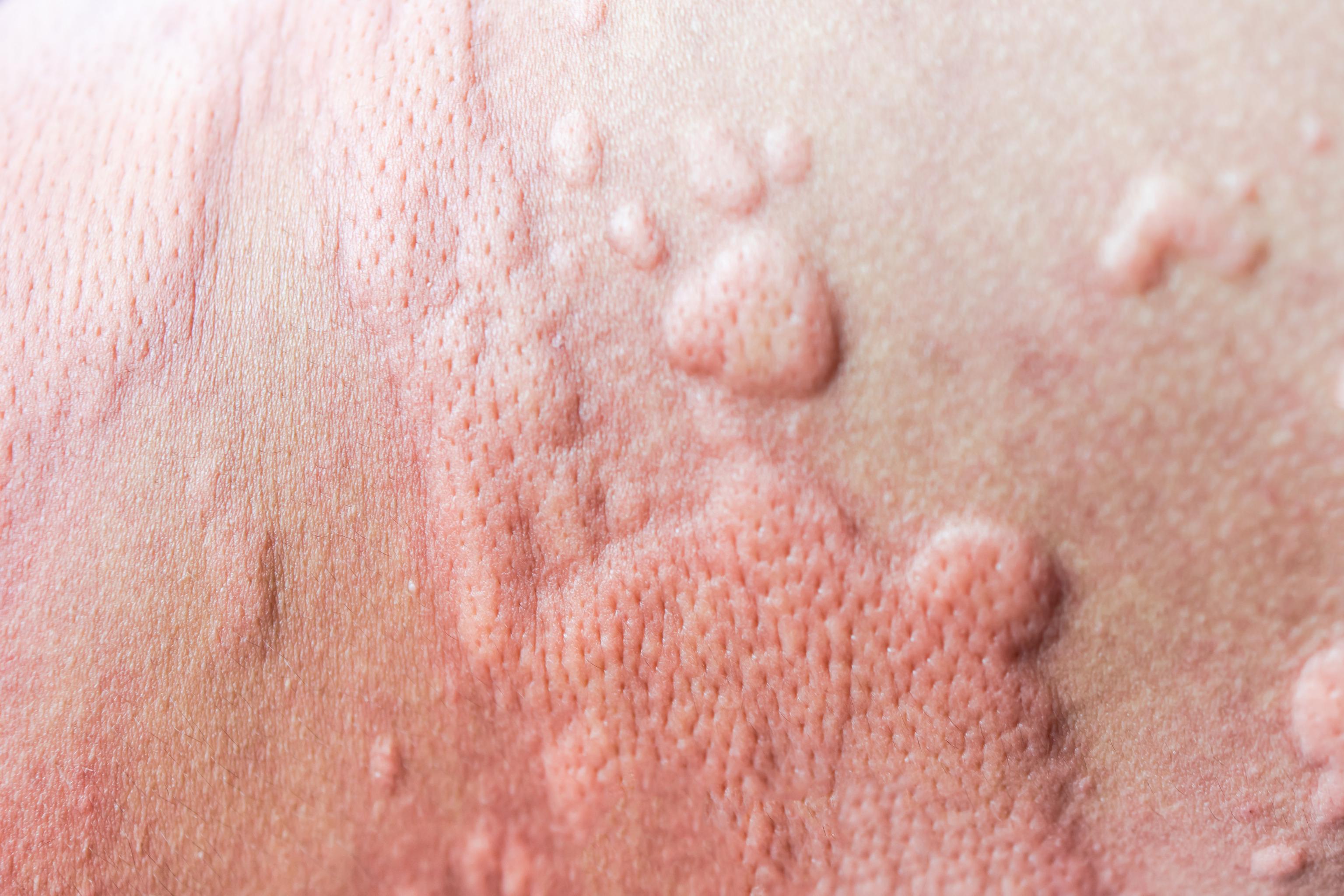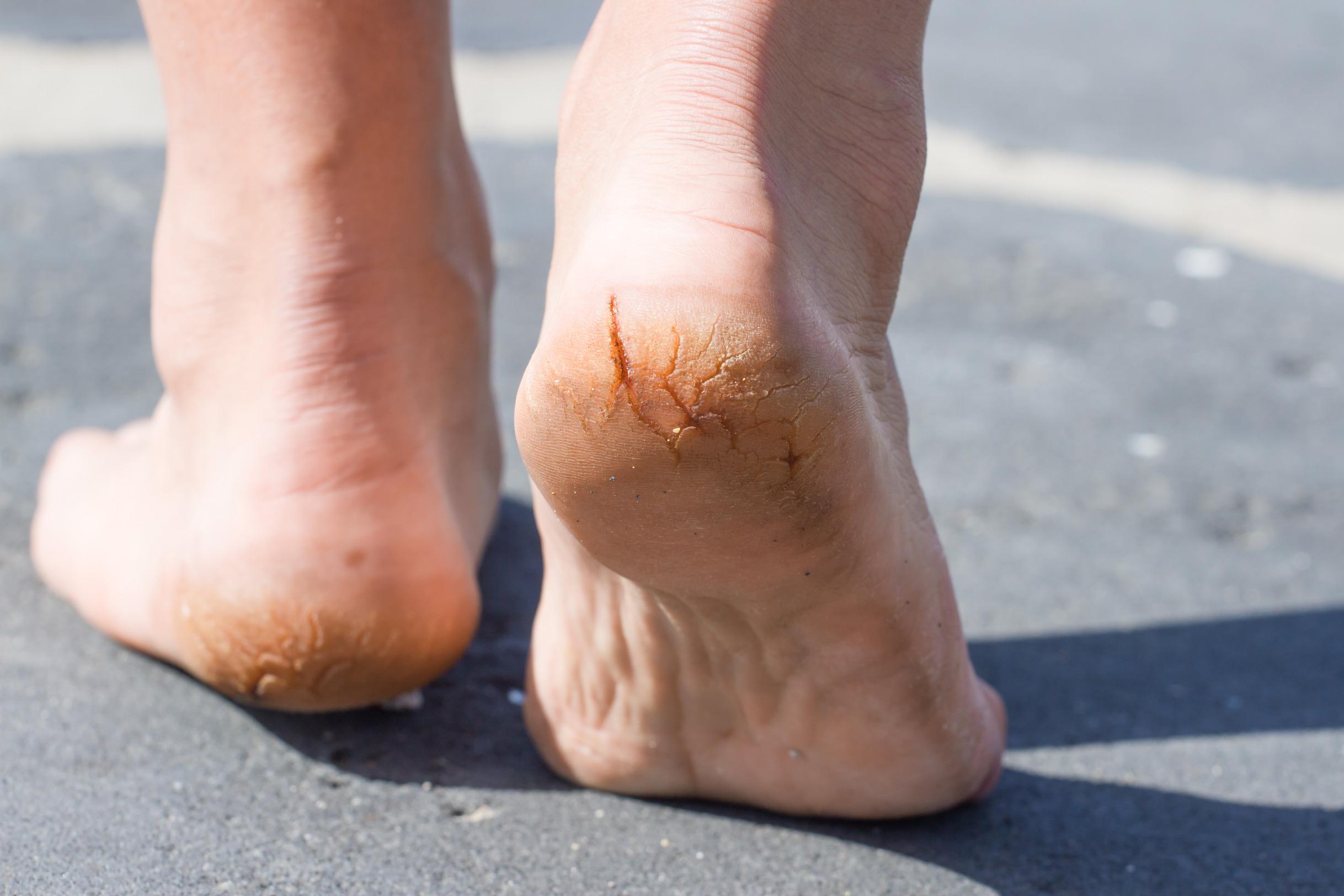Preventing Pickleball Knee Injuries: What You Need to Know

As the beloved sport of pickleball continues its skyrocketing ascent in popularity, it's essential that both newcomers and seasoned enthusiasts alike take note of one crucial aspect: knee injuries and their prevention.
This isn’t just for the pickleball community—it's for anyone who values their knee health, from millennials to baby boomers looking to keep active and injury-free.
Whether you're hitting the courts for the first time or a longtime player ready to work on your strategy, the insights shared could be the difference between an enjoyable match and weeks of recovery.
Is pickleball tough on your knees?
Pickleball can indeed be tough on the knees, especially given the sport's quick-paced nature requiring constant lateral movements, stops, and sprints.
Participants must often make sudden turns and pivots, which can exert stress on the knee joints. These movements, particularly if performed without proper technique or pre-conditioning, can increase the risk of acute injury and contribute to the development of chronic conditions, such as arthritis over time.
However, by understanding the physical demands of pickleball, players can implement targeted prevention strategies, ensuring that they enjoy the game while minimizing the impact on their knees.
Understanding Pickleball Knee Injuries
Pickleball knee injuries can happen to anyone, at any skill level. The stop-and-go nature of the sport, combined with quick changes in direction, puts significant strain on the knees.
Common injuries include sprains, strains, and tendonitis, with the most notorious being 'pickleball knee', similar to 'tennis elbow'. It's an overuse injury that causes pain and discomfort in the inner side of the knee joint. Understanding common pickleball mistakes and the mechanics behind these injuries can help players better protect themselves.
What are common pickleball knee injuries?
Common pickleball knee injuries often stem from the sport’s rapid gameplay and include conditions such as lateral and medial epicondylitis, also known as 'pickleball knee'.
Players might also suffer from meniscal tears, which occur when twisting or turning quickly, or anterior cruciate ligament (ACL) sprains from sudden stops and changes in direction. Patellar tendonitis, or 'jumper’s knee', is another frequent issue caused by repetitive jumping and landing.
Lastly, the wear and tear from constant movement can lead to the early onset of osteoarthritis in the knee joints of veteran players. Preventative measures such as proper stretching, strength training, and using the right equipment are crucial in mitigating the risk of these injuries.
Playing Pickleball After Knee Replacement Surgery
Engaging in sports like pickleball after knee replacement surgery requires careful consideration and a structured approach to ensure a safe return to the court. It's vital for individuals to heed their surgeon's advice and follow a rigorous physical therapy regimen to restore strength and flexibility in the knee.
Gradual reintroduction to pickleball-specific movements is essential, starting with low-impact exercises and slowly incorporating lateral movements as comfort and stability improve. Using supportive knee braces and quality footwear can offer additional protection.
Always talk to your healthcare provider about your progress and any concerns you might have during their recovery and before resuming pickleball or any other high-impact activities.
How long after a knee replacement surgery can you play pickleball?
In general, it takes around 3-6 months to fully recover from a total knee replacement surgery. The recovery time after knee replacement surgery varies for each individual and depends on numerous factors, including age, overall health, and the extent of the procedure.
However, this timeline can vary significantly depending on an individual's condition. It's crucial to consult with your doctor before returning to pickleball or any other physical activities post-surgery. They can assess your progress and provide guidance on when it's safe for you to resume playing.
Pickleball Knee Injury Prevention
Preventing pickleball knee injuries requires a multi-faceted approach. Incorporating a plan that includes warming up, strengthening, and utilizing the right equipment is important to safe and sustained play over time.
1. Warm-up and Stretching
Before you take to the courts, prepare your body with a dynamic warm-up. This could include light cardio such as jogging or skipping, followed by dynamic stretches that mimic the movements you'll make during the game. Targeted knee stretches, such as a standing quad stretch and a knee-to-chest stretch, can help to increase flexibility and reduce the risk of injury.
2. Proper Footwork and Technique
Maintaining proper form and technique is vital. This means bending your knees as you play, keeping your center of gravity low, and using your legs to power your shots. Be mindful of your footwork, avoiding sudden and jerky movements that can strain the knee joint.
3. Strengthening Exercises
A strong and balanced lower body is your best defense against pickleball knee injuries. Focus on exercises that target the quadriceps, hamstrings, and glutes. Examples include leg presses, lunges, squats, and deadlifts. Strengthening your core also helps to stabilize the entire body during play.
4. Protective Gear and Equipment
Invest in the right gear to protect your knees from potential harm. Consider wearing a high-quality knee brace or support that provides stability without restricting movement. Additionally, padding on the court is worth considering, especially if playing on hard surfaces, to reduce the impact on your joints.
5. Rest and Recovery
Give your knees the time they need to recover. If you experience any pain or discomfort, don't push through it; rest and seek appropriate treatment. Compression, elevation, and ice cold therapy can help manage minor injuries.
Pickleball and Knee Health
The last thing any pickleball player wants is their enthusiasm for the sport to wane due to avoidable injuries. By adopting these prevention techniques, players can significantly reduce their risk of pickleball knee injuries. It's about taking care of your knees so you can continue enjoying the game for years.
Injuries are not completely avoidable in any physical activity, but pickleball players can mitigate the risks with proper knowledge and precautions. Remember, your health is your greatest asset, and it's worth the effort to protect it. As you hit the courts, lace up your shoes, and grab your paddle, let the thrill of the game be the only thing on your mind—never the fear of an injury that could have been prevented. Stay safe and have fun!


